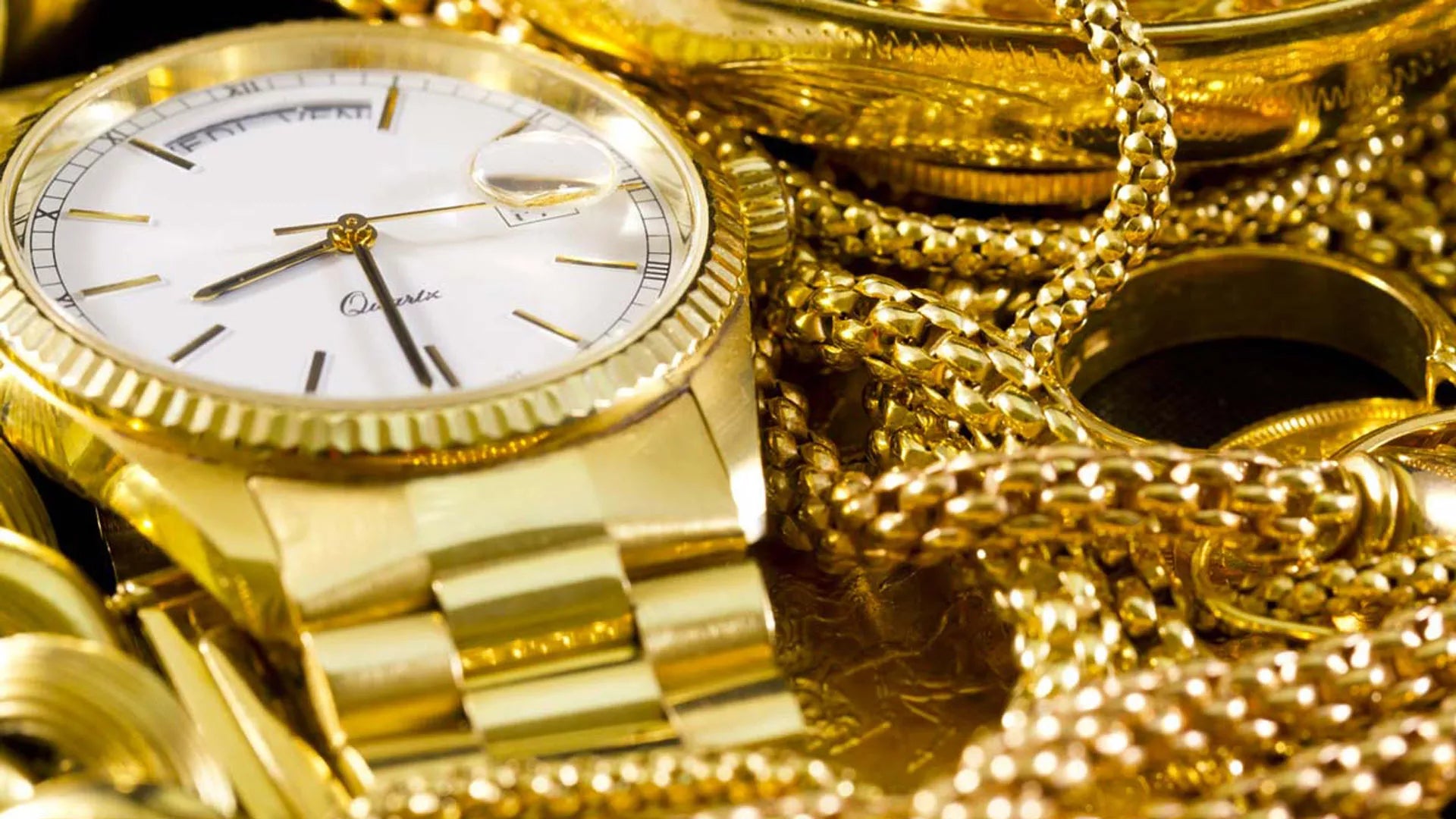From what has been said up to this point, it appears clear how the artistic movements that followed one another between the end of the nineteenth century and the beginning of the twentieth century , on the one hand, declared the pre-eminence of jewelery among the minor arts and, on the other, recognized a value artistic work of goldsmithing.
It is only with the advent of the fifties and sixties (of the twentieth century) that jewelery is definitively «understood as a free artistic expression open to personal interpretations and experiments with forms, materials and techniques» , thus giving rise to a new field of research that he created and still creates extraordinary ornaments today. In Anglo-Saxon or German-speaking countries we speak of "new jewelry" ( new jewelry, neue schmuck ) , while in Italy we prefer to use the definition "research or artist's jewelry".
On the European goldsmith scene, countries such as Germany, Holland and England soon stood out for their unscrupulous and revolutionary way of understanding ornamentation; in fact, it becomes an object of pure artistic experimentation often completely detached from materials, techniques or, again, from the meanings historically attributed to the world of goldsmithing. Italy , on the other hand, at least for an initial period, developed its investigation within tradition, still preferring, for example, the use of precious materials such as gold .


